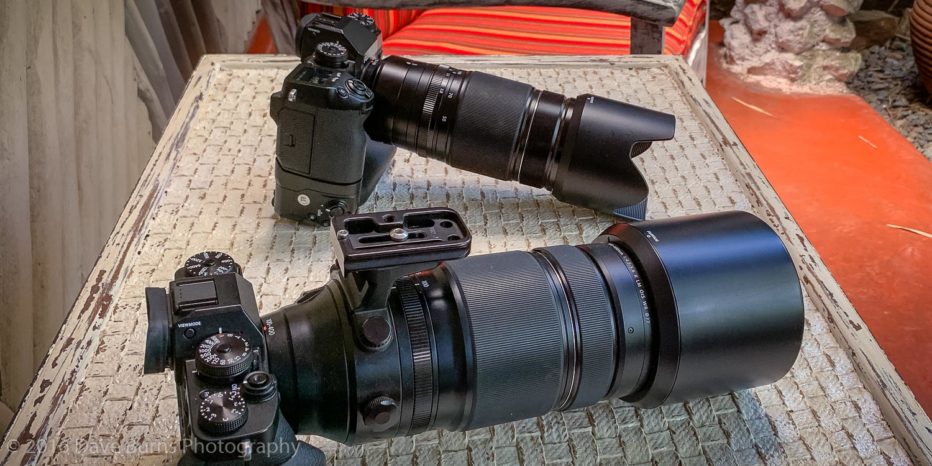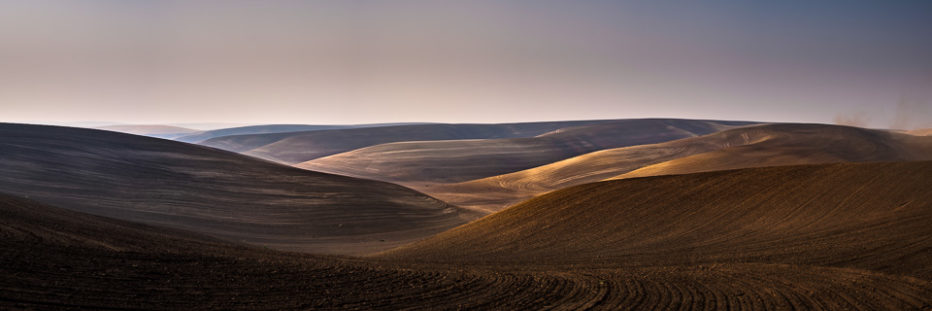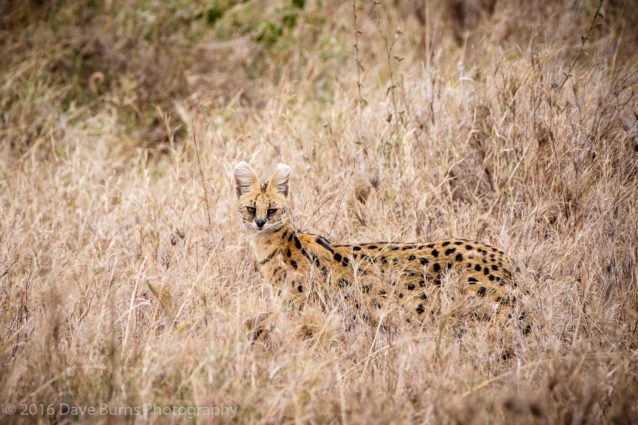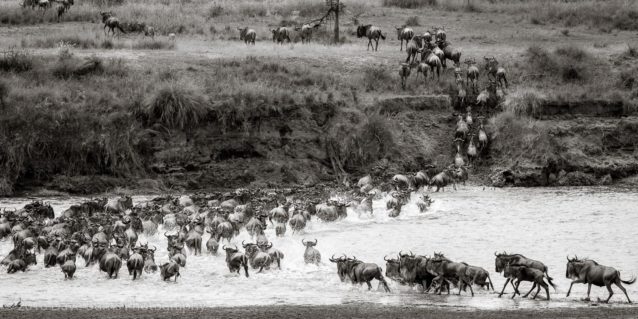Thoughts on Using the Fujifilm X-T3 and X-H1 on Safari
by Dave Burns | Posted in Trip Reports, What's in the Bag |
About 4 years ago, I wrote a lengthy blog post about my experience shooting on safari with the Fujifilm X-T1. In that post, I shared some of the challenges I had and the changes that I wanted Fujifilm to make to improve the experience and results. I had an interest in this: my complete Canon kit for safari shooting weighed about 30 pounds by the time I included all the lenses and bodies. The same kit with Fuji gear weighed about 10 pounds and packed smaller!
Since that post, I’ve continued bringing Fujifilm gear on safari and now it’s the only gear I bring. This last October, I brought the just-released X-T3 along with an X-H1. I even have an X-E2 that I had converted for infrared photography. My lenses were all Fujifilm as well: the 100-400mm, the 50-140mm, and the 18-55mm. For infrared, I also brought the 14mm and the 35/1.4 since those work well for infrared and are compact.
More ›







